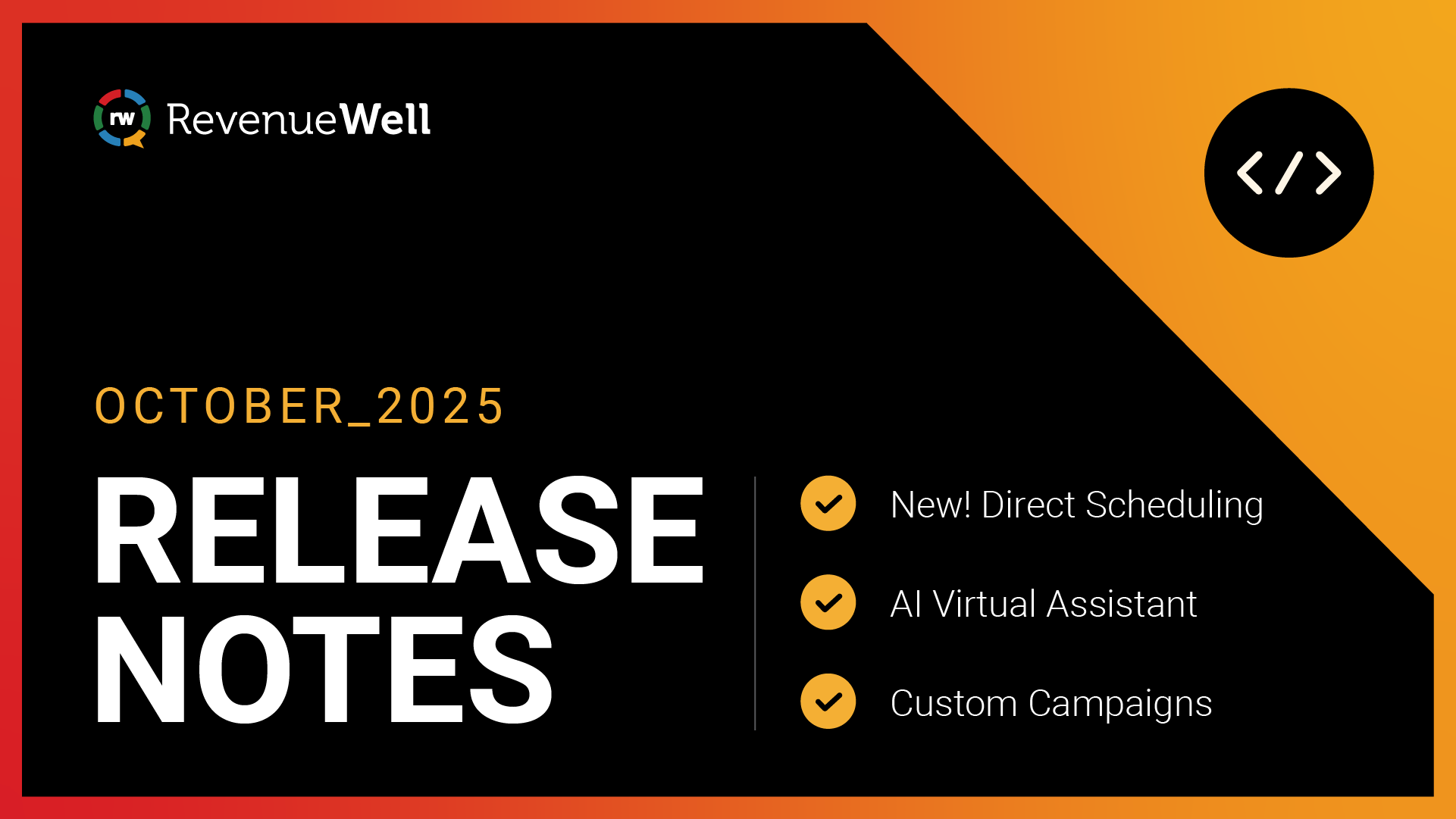Tackling Difficult Patients: A Guide to Staying Composed and Professional

Dealing with difficult patients is an inevitable part of working in a dental office and in healthcare. And sometimes, emotions run higher during certain times of the year, like the holiday season. While most patients are (hopefully) pleasant, there will always be a few who challenge even the most understanding front office team members. These interactions can be stressful and draining, but with the right approach, you can turn a potentially negative experience into a positive one—for both you and the patient so it results in the patient coming back to your practice and maintaining a positive reputation in your community.
In this post, we’ll cover tips for managing difficult dental patients to help you create a calm, friendly, and professional environment. These tips will also help you protect your well-being because that matters as much as giving patients a great experience. After all, you and your team are the backbone of your practice, not just your patients.
1. Stay Calm and Composed.
The first step in managing difficult patients is to keep your cool. Yes, it’s easier said than done depending on the patient and how they’re behaving. It can be easy to get flustered when someone is being rude or impatient but responding with the same negative energy only escalates the situation. Instead, take a deep breath and release and maintain a calm demeanor.
Try this: Use a technique called mirroring. By matching the patient’s tone with a slightly calmer and slower version, you can help de-escalate tension and guide the conversation to a more productive place.
It’s worth noting that mirroring can come in handy for minor incidents where it’s possible to calm down the patient. Trust your judgement based on the conversation and situation. If a patient is harassing you, mirroring isn’t the right technique.
2. Listen Actively and Show Empathy.
Everyone wants to be seen and heard. And in dental, patients want to be heard because it’s their health that’s being impacted. One of the most underrated soft skills is empathy, but it’s essential for patient-facing roles. One way to offer empathy is through active listening so you can respond in a sincere way. Active listening involves giving your full attention, acknowledging what’s being said, and repeating back what the patient has said to ensure you understand their concerns and will address them.
Try this: Let’s say you have a patient who says “I’ve been waiting for (insert minutes). Why is it taking so long?” Your response could be this: "I completely understand your frustration. Let me check on the status of your appointment right away so we can get you back there and on your way."
This approach shows the patient that you understand their issue and care about their experience, which can quickly diffuse their frustration.
3. Keep a Code of Conduct on Display.
Having a code of conduct for patients is another way to protect yourself, your team ,and your sanity. It might feel awkward to have, but it’s necessary if conflicts escalate. It’s also a way to hold difficult patients accountable if they’re disrespectful or harassing you. Hopefully it’s not something you and your team ever experience, but it’s important to have policies in place. Your code of conduct should have items like:
- Respectful Communication: Make it clear that all interactions, whether between staff, patients, or visitors, must be respectful. Remind everyone that patience and kindness go along way.
- Zero-Tolerance Policy for Harassment: Clearly state that harassment of any kind will not be tolerated. This applies to verbal abuse, physical threats, and any behavior that makes staff or patients uncomfortable.
- Staff Are Here to Help: Include a reminder that dental professionals are doing their best to provide care and support. A fun but firm message like, “Please be kind – we’ve got fillings, too!” can add a human touch while setting expectations.
- Visitor Etiquette: Specify guidelines for visitors, such as keeping noise levels down, respecting patient privacy, and following office rules while in waiting areas.
- Legal Consequences: Make it clear that it is a felony to harass or threaten medical professionals.
Try this: Additionally, in your office policies, you can consider including a message that states you have the right to no longer provide services to a patient if they are harmful to you and your team in anyway. You can include this in your intake forms as something patients have to sign acknowledging the policy, front office signage, and even your website.
4. Set Clear Expectations.
Sometimes patient frustration comes from not knowing what to expect. Be proactive by clearly communicating wait times, payment policies, or the next steps in their treatment. Providing clarity can prevent misunderstandings and reduce stress for everyone involved. Going to the dentist is stressful for certain patients, so be clear both in-person and in your online communications.
Try this: Let’s say you have a new patient coming in for a cleaning and you call them to confirm their appointment. Depending on whether they have a co-pay or not, you can set clear expectations regarding payment, so they come prepared for their appointment. You can say something like "Just to let you know, payment is due at the time of service. Does that work for you?" Be sure to also include this expectation in your intake forms so patients have to sign it.
5. Offer Solutions Not Excuses.
Patients may come to you with complaints, but they’re often looking for solutions, not excuses. Focus on what you can do to resolve their issue rather than explaining why it happened.
Try this: Here are some examples you can use and tweak. You can say something like "I’m sorry for the delay. Let’s get you rescheduled to minimize your wait next time." Or "I understand the billing was confusing. Let me walk you through the charges."
This approach not only shows that you’re taking responsibility but also demonstrates a commitment to making things right with what you can control.
6. Use the Power of Follow-Up.
Sometimes, a difficult interaction can be turned around with a simple follow-up. A quick phone call or email to check in on the patient after a challenging appointment can show that you value their experience and are committed to their satisfaction. It can also reduce the chances of getting a negative review, which can hurt your practice reputation in the long run, even if the patient was at fault.
Try this: "Hi [Patient Name], I just wanted to check in and make sure everything was okay after your visit today. Please let us know if there’s anything else we can assist you with. We look forward to hearing from you."
7. Practice Self-Care.
Finally, don’t forget about your own well-being. Managing difficult patients can be emotionally draining, so it’s essential to practice self-care. Self-care looks different for everyone, so it helps to figure out what that is for you. Doing this will help to combat burnout and allow you to still find joy in the work you do.
Try this: Whether it’s mediation, stepping outside for a walk, doing a workout class before or after work, or talking with a colleague – figure out what you need to do to protect your peace at work.
Even though everyone has a bad day every so often, it doesn’t mean that you deserve to be on the receiving end of an irate patient. Depending on how patients are treating you, use these tips to create a calm environment where both you and the patient can resolve the issue calmly. That said, trust your gut. If a patient is making you or your team uncomfortable or unsafe, then you can take the necessary steps needed to ask the patient to leave. So much of your time is spent at work so it’s important to feel safe. You got into dental because you genuinely care about helping patients, but you also must prioritize your needs too.
Next recommended read: Dental Practice Office Manager: Top Skills Needed in Hiring




